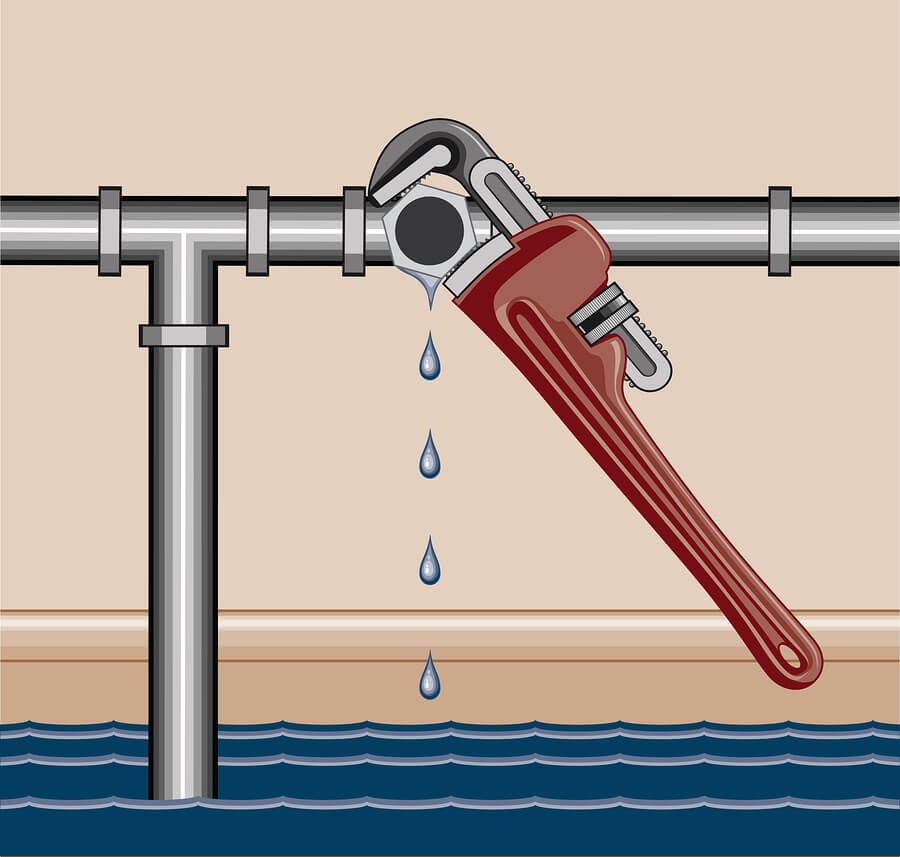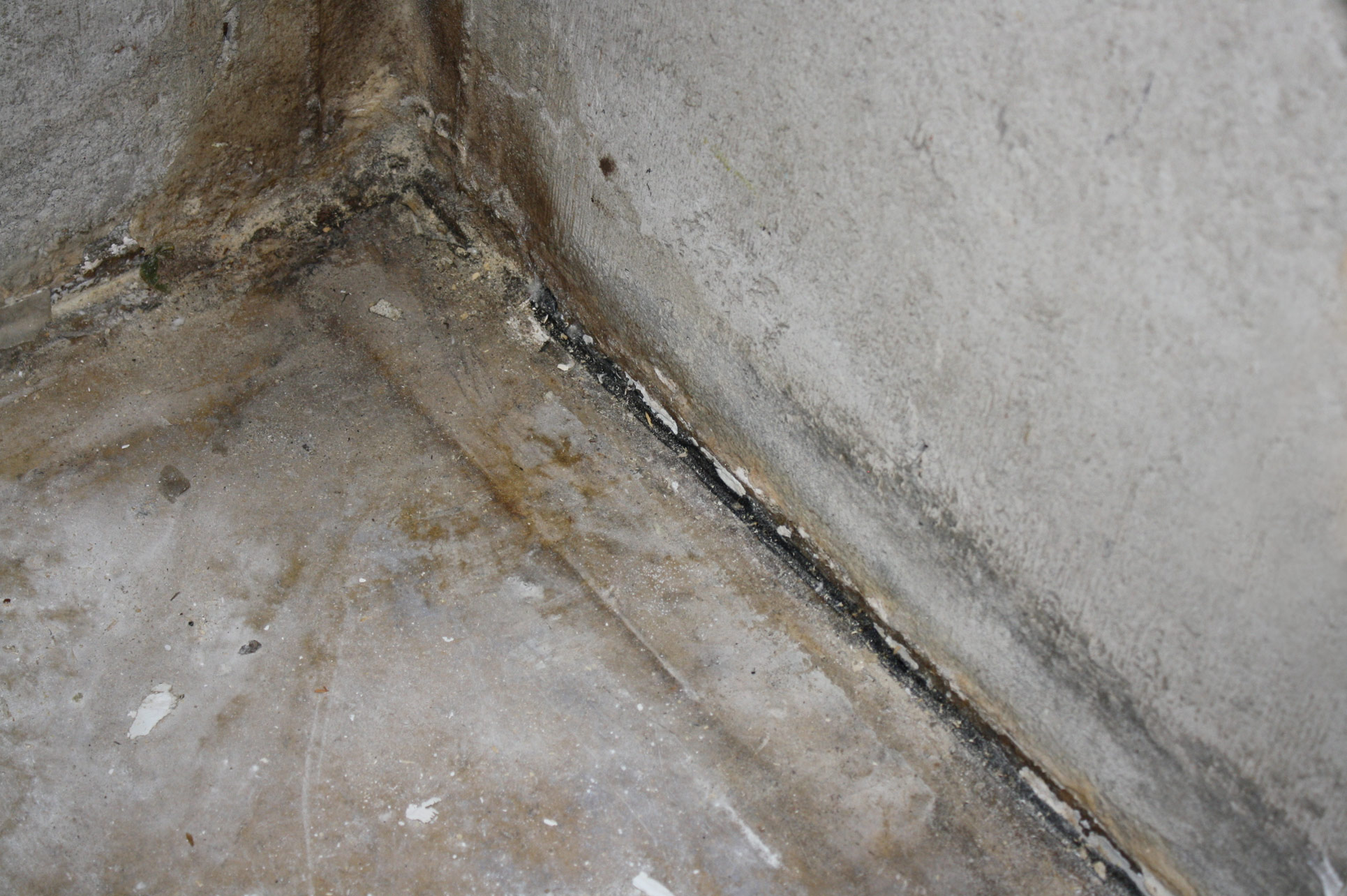How do you actually feel about How to detect water leaks in your home?

Leakages not only cause waste of water yet can also trigger unneeded damages to your residence and advertise unwanted organic development. Water leakages might go undetected because most of the pipework in our home is hidden. By comprehending as well as looking for day-to-day scenarios that create leakages, you can secure your residence from future leakages and also unneeded damages. Today, we will look at 6 leakage creates that may be causing your pipes to leak.
Instantaneous temperature changes.
Severe temperature changes in our pipelines can create them to increase and also contract unexpectedly. This expansion and contraction might trigger fractures in the pipes, especially if the temperature level are listed below freezing.
Rusty water systems
As time goes by, your plumbing system ages and corrosion such as rust may begin eating away the pipes. This might be the source of discoloration or warping on your water pipes. This asks for an assessment with your plumber quickly. Take into consideration changing the pipes considering that they are at a greater danger of rust than the newer designs if our plumbing system is old.
Defective Pipeline Joints
The point at which your pipelines link is often the weakest link in the waterline. Pipe joints can degrade with time, leading to water leakages. The bulk of pipeline joints are not quickly noticeable. If you have noisy pipelines that make ticking or banging noises, particularly when the warm water is turned on, your pipe joints are possibly under a great deal of stress. It is recommended to have your plumber check your system yearly.
Encroaching origins
Most water leaks begin outside your house instead of inside it. If you discover a sudden decline in water pressure, say in your faucet, take some time to head out as well as analyze your yard. You could observe wet spots or sinkholes in your backyard, and that could indicate that tree roots are attacking water lines triggering water to seep out. You can have your plumber look for intrusion, specifically if you have trees or bushes near your residential property.
Poor Water Connectors
Sometimes, a leakage can be triggered by loosened tubes as well as pipes that supply your appliances. Typically, moving is what triggers the loosened water Connections. You may find in the case of a washing maker, a tube may spring a leak because of drinking during the spin cycle. In case of a water links leakage, you may notice water running directly from the supply line or pools around your devices.
Clogged Drains
Blocked drains pipes might be annoying as well as inconveniencing, yet they can in some cases wind up creating an overflow resulting in break pipes. Maintain removing any kind of materials that may decrease your drains that might obstruct them to avoid such aggravations.
All the above are reasons for leaks yet not all water leakages arise from plumbing leaks; some leakages might come from roofing system leakages. All leaks must be fixed promptly to stay clear of water damage.
Leaks not just create waste of water yet can likewise trigger unnecessary damage to your residence as well as promote unwanted natural development. By comprehending and looking for daily situations that trigger leakages, you can shield your home from future leakages as well as unneeded damages. Today, we will look at 6 leak creates that might be causing your pipelines to drip.
At times, a leak can be created by loose pipes and pipes that supply your devices. In case of a water connections leakage, you might notice water running directly from the supply line or puddles around your devices.
How To Check For Water Leak In Your Home
How To Check for Leaks
The average household's leaks can account for nearly 10,000 gallons of water wasted every year and ten percent of homes have leaks that waste 90 gallons or more per day. Common types of leaks found in the home are worn toilet flappers, dripping faucets, and other leaking valves. These types of leaks are often easy to fix, requiring only a few tools and hardware that can pay for themselves in water savings. Fixing easily corrected household water leaks can save homeowners about 10 percent on their water bills.
To check for leaks in your home, you first need to determine whether you're wasting water and then identify the source of the leak. Here are some tips for finding leaks:
Take a look at your water usage during a colder month, such as January or February. If a family of four exceeds 12,000 gallons per month, there are serious leaks.
Check your water meter before and after a two-hour period when no water is being used. If the meter changes at all, you probably have a leak.
Identify toilet leaks by placing a drop of food coloring in the toilet tank. If any color shows up in the bowl after 10 minutes, you have a leak. (Be sure to flush immediately after the experiment to avoid staining the tank.)
Examine faucet gaskets and pipe fittings for any water on the outside of the pipe to check for surface leaks.
Undetected water leaks can happen without the home or business owner even realizing. If you suspect a water leak, but not able to find the source. It is time to contact a professional water leak detection service, The Leak Doctor.
How To Find a Water Leak In Your Home
https://www.leakdoctor.com/blog/How-To-Check-For-Water-Leak-In-Your-Home_AE197.html

Hopefully you enjoyed reading our topic about How to detect water leaks in your home. Thanks a lot for spending some time to read our blog. Feel free to take the time to promote this post if you liked it. Thanks for your time. Visit us again soon.
Schedule Service Pickup
Comments on “Pinpoint Common Causes for Water Leakage in Your House”